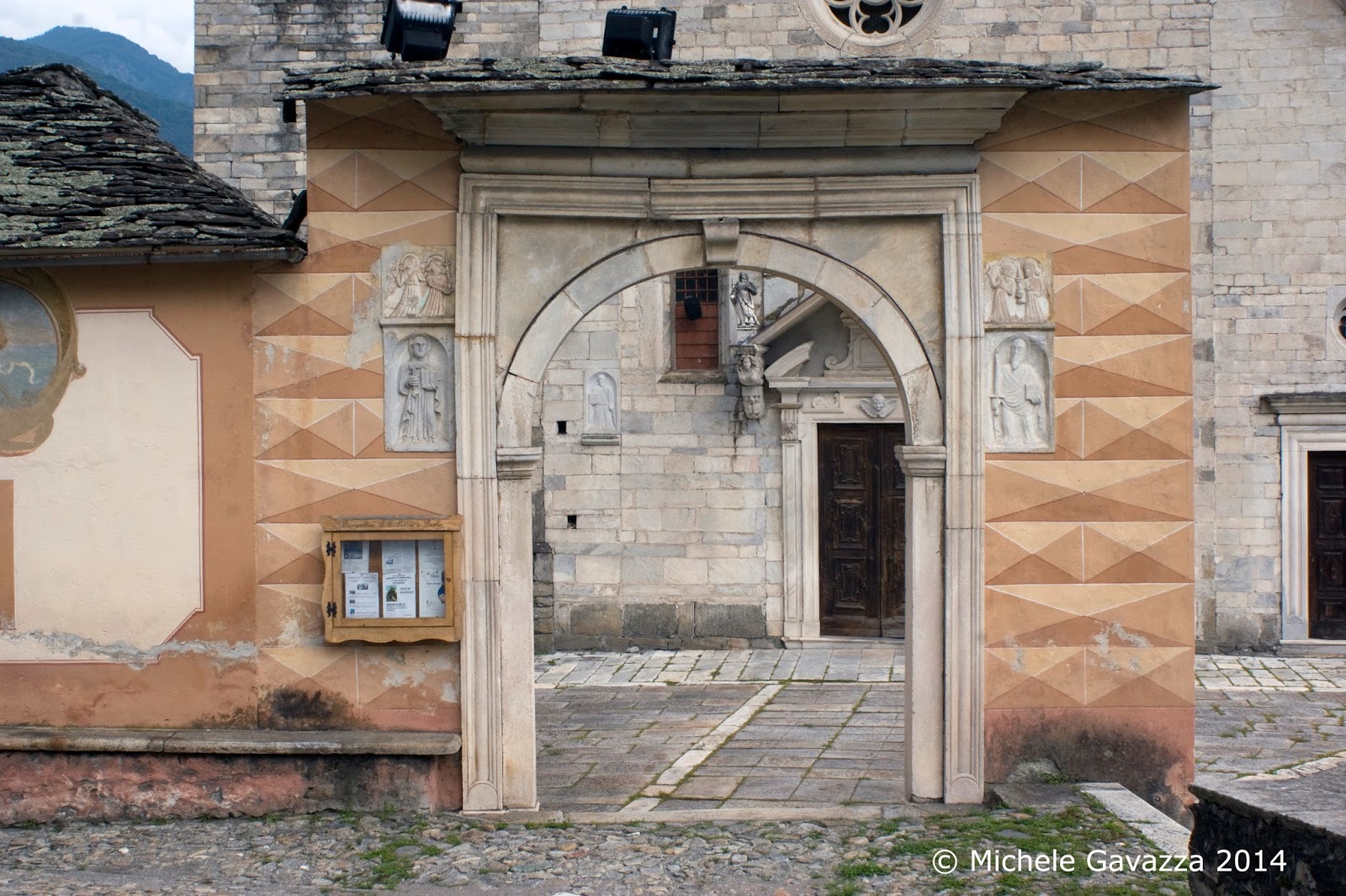The Formazza Valley, noted for its Alpine meadows and for its abundant waters and waterfalls, was the place of the first Walser settlement. The Walsers were a people who came from the valley of the Valais in Switzerland, crossing the border in the 13th century to settle in the Western Alps.
The name “Walser” comes from the word “Walliser” which means “valaisian” (from the Valais area). The Formazza Valley became the first Walser community that accumulated and handed down the customs, habits and traditions of this population from the other side of the Alps, who were able to adapt to the difficult climatic conditions of high altitudes despite the harshness of the soil and the lack of raw materials.
Settlement in these areas meant a great deal of backbreaking work, involving clearing the woods to create open spaces for pastures and tilling the land. The Walsers managed to create a way of life at high altitude, braving the rigid winters, the perils of avalanches and the shortage of products from the land.
They created a unique style of architecture, building their chalets with the technique of interlocking wooden beams (known as Block-Bau) and hand-built stone roofs. The village of Salecchio is one of the most attractive and interesting Walser communities. Like all those of German origin, Salecchio is made up of 4 villages: Salecchio Inferiore at 1,322 m (Saley unter Barg), Salecchio Superiore at 1,509 m situated on a terrace about 600 metres above the Toce River (Saley ober Barg), Morando and Case Francoli at 1,555 m (Frankushuus).



















































